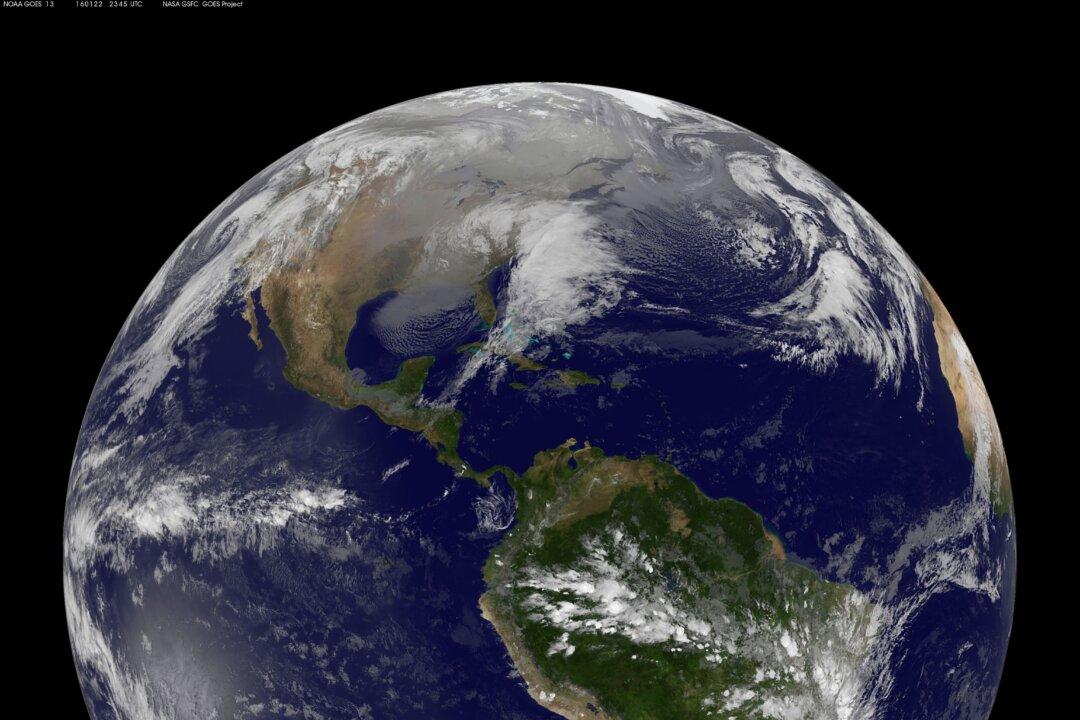NASA satellite data has shown that anywhere from 10 to 40 percent of improvements in key U.S. crop yields since 1940 could potentially be attributed to increased atmospheric carbon dioxide due to human activity, according to a new paper from Columbia University’s Charles A. Taylor and Wolfram Schlenker.
The authors noted that their findings are “on the very high end of the range found in the literature.”





